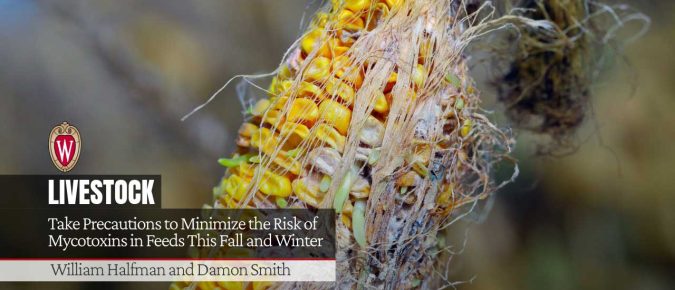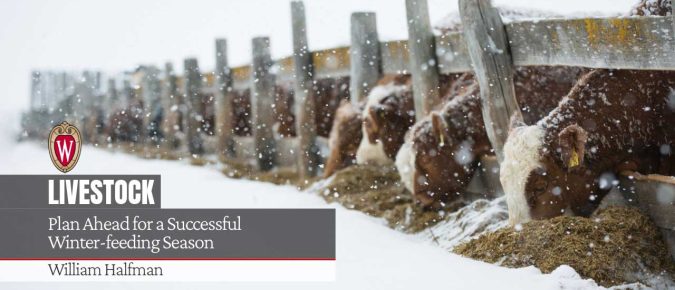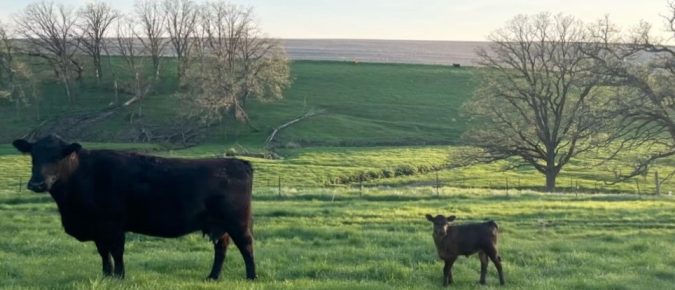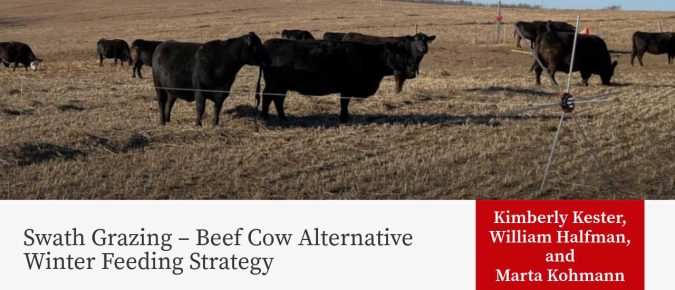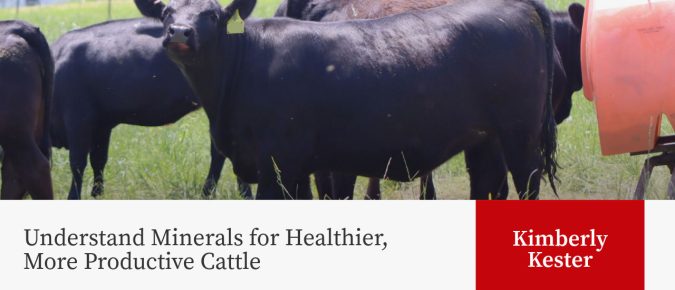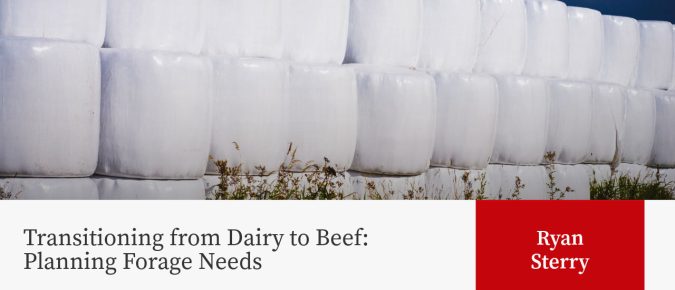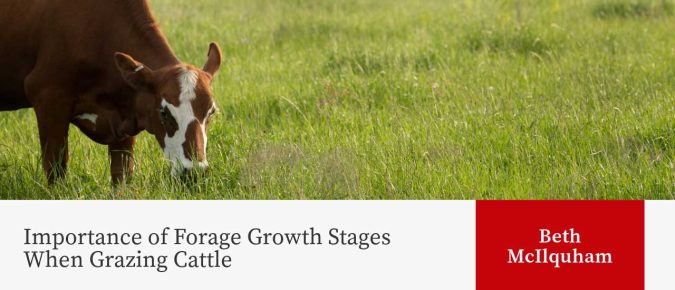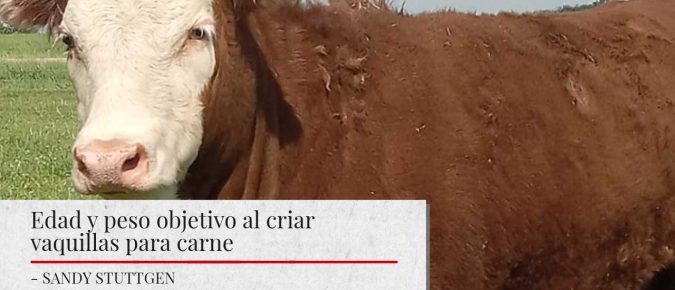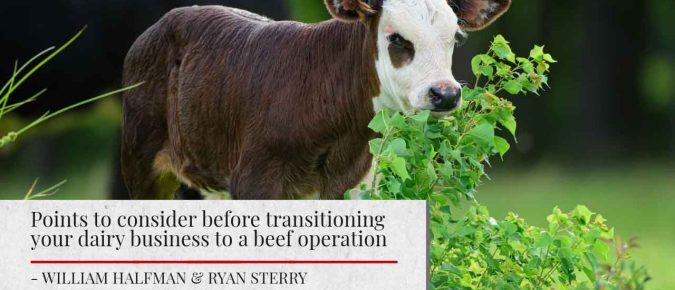With the high levels of disease observed in many corn fields comes questions on potential problems with toxins in the feed including corn silage, grain, and utilization of the corn stalks after grain harvest for beef cattle.
Now is the time to evaluate your forage inventory and compare it with the herd’s expected feed needs.
This article was originally published in Farm Progress It’s no secret that weaning is arguably the most stressful time in a beef calves’ life. Calves build strong maternal bonds with their mothers over the 6+ months they are tagging along until they are weaned. Weaning can be done a variety of ways, but the ultimate […]
Planning for winter feed is an important step in beef cattle operations. Alternatives include stockpiling, corn stalk grazing, and bale grazing. Swath grazing (also known as windrow grazing) has recently gained interest as an additional option.
Cattle need both macrominerals and microminerals. Here’s a look at the benefits these supplements provide and the different ways they can be offered to the herd.
Considering a shift from dairy to beef? Learn how forage needs, land use, and cow nutrition differ across beef enterprises.
Grazing cattle sounds so simple. The forage grows, the cattle eat the forage, and it all ends with a “happily ever after.” Unfortunately, it’s not as simple as it sounds. To maximize cattle performance while grazing, producers must pay attention to the forage itself and how it can affect the grazing animals.
In 2023, a grazing farmer network in northwestern Wisconsin was asked to identify the greatest needs for research. At the top of their list was the practice of winter bale grazing. We designed a research project that sought to answer some of their questions about the practice.
Para mantener su tamaño, la tasa de reemplazo anual de un hato para carne por lo general es igual a la cantidad de vacas que salen anualmente debido a la
muerte, a su comercialización o su sacrificio. Se ha sugerido una tasa de reemplazo típica del 15 % (Thomas). Entonces, para el hato promedio de vacas y becerros de Wisconsin con 25 vacas, se necesitan cuatro reemplazos por año. Los productores deben decidir entonces si adquirir reemplazos o criar sus propias vaquillas es lo mejor para sus operaciones.
Creating beef-on-dairy calves can add additional revenue to your dairy operation, but if considering transitioning from a dairy operation to beef enterprise, there are several points to consider.

